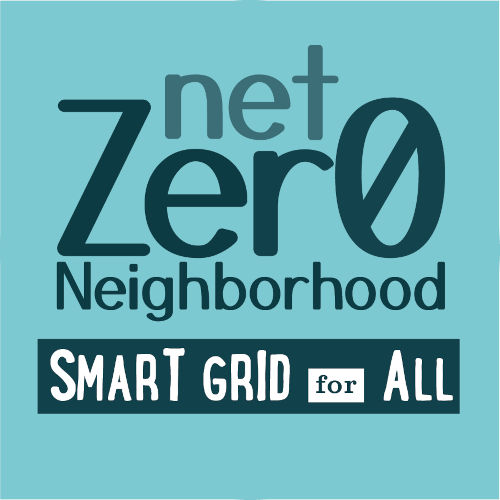 |
Net Zero Neighborhood This video game helps players learn about energy conservation and sources of renewable energy as they work with their neighbors to power their cul-de-sac with a solar panel or wind turbine. The game, rated for ages 8+, lets players navigate conversational threads with varying levels of technical content to practice social skills in a low-risk environment. Developed as part of the Smart Grid for All program at Illinois State University. |
 |
Plants v. Profits Board Game This hands-on board game helps players learn about soil health while making maximum profit! Players work togther within teams (and compete with other teams) to end the game with the most profit, plus the fewest "sad soil tokens." This game can be played by groups of 1 or more (with up to 5 players per printed set), and it is rated ages 11+. Developed as part of the IPREFER project at Illinois State University. |
 |
E-Commerce Virtually everyone on Earth is affected by the Internet, even if they don’t have direct access. The Internet has a role to play in nearly every societal task, but especially those tasks related to economic activity and commerce. As we explore the broad topic of e-commerce, we will also explore innovation and entrepreneurship. Together, we will learn how the world wide web enables us to set up a financially sound business. Conceived as a study text for Illinois State University's TEC 378: E-Commerce. |
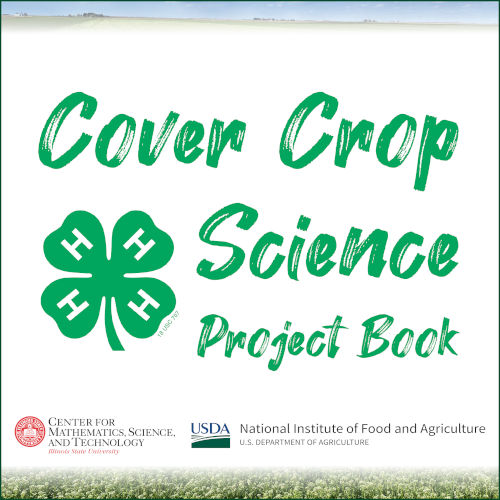 |
Cover Crop Science Project Book This curriculum book was written to help individual 4-H youth explore common science topics like plant structure and function, machine engineering, and soil erosion. Through hands-on and minds-on activities, participants work to solve the same problems which are facing expert researchers who are working to bring cover crops to commercial scale. A supplemental Faciiliator's Guide provides guidance for adapting project book activities for larger groups of youth, including blind and low vision students. Developed as part of the IPREFER project at Illinois State University. |
 |
From Plant to Product This short picture book for a kindergarten-aged audience explains how chocolate chip cookies and their component ingredients are made. In eight steps each, words and beautiful illustrations show how wheat turns into flour, how cacao becomes chocolate, and how sugar cane is refined. Developed as part of the Smart Grid for All program at Illinois State University. |
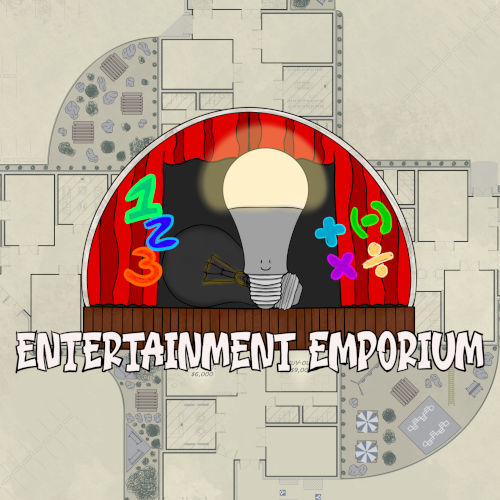 |
Entertainment Emporium Board Game This hands-on board game (and virtual clone) lets players learn about business while exploring the impact of energy and energy sources on different attractions. Each player begins with a storefront in the local mall, but they can expand by buying and upgrading attractions. Between turns, players use capacity, entry fee, and fixed and marginal costs to calculate profit and determine a winner. While the 2-4 player game was developed with high school business classes in mind, it is rated ages 13+. Developed as part of the Smart Grid for All program at Illinois State University. |
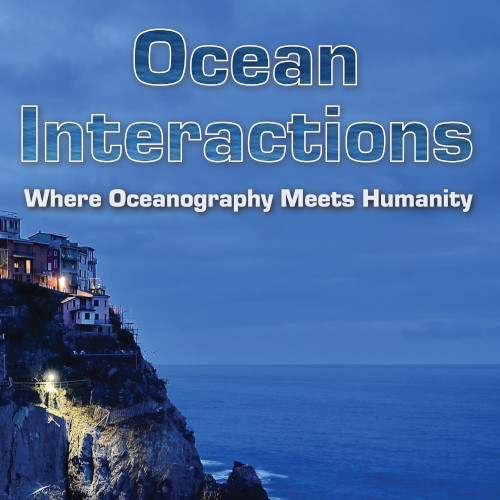 |
Ocean Interactions Learn about the science tied to a myriad of issues affecting oceans and ocean-bound humans. (We're all bound to the health of the ocean, even if we don't realize it!) The brief text covers ocean composition, ocean ecosystems, ocean resources, ocean-atmosphere interactions, and ocean power. Conceived as a study text for Bradley University's GES 300: Oceanography: The Human Perspective. |
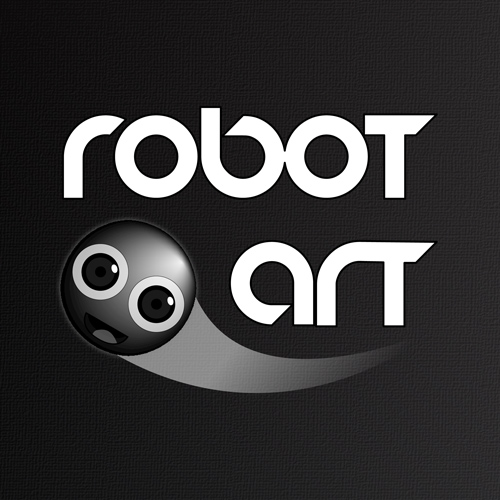 |
Exploratory Art with Affordable Robotic Spheres Explore 20+ ways to use robotic spheres to make fun, interactive art! Robotic spheres can combine science, technology, engineering, art, and mathematics to teach art concepts and principles alongside 21st century skills in computer programming. Imagine a robotic sphere as it traverses a sea of simple machines. As the sphere interacts with its environment, paints, pigments, and other materials combine in both intentional and unexpected ways. Presented at the 2018 Illinois Educational Technology Conference. |
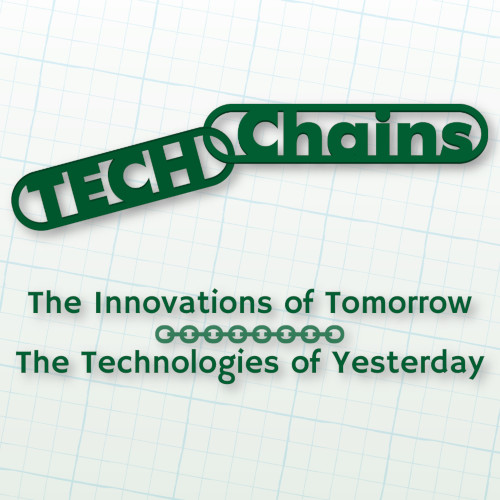 |
Tech Chains Most new innovations are not truly new: they are built upon existing technologies, or they use existing technologies in a new way. This resource is designed for use by students and teachers as they explore science, technology, engineering, and innovation. Presented at the 2018 Western Illinois University Science Update Conference and 2018 Illinois Educational Technology Conference. |
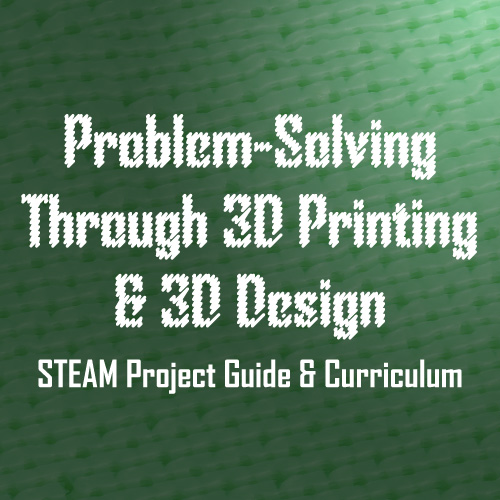 |
Problem-Solving through 3D Printing & 3D Design 3D printing can do much more than create action figures – it can actually motivate students to action! Based on successful programming at schools, libraries, and community centers, we will explore a free, flexible curriculum integrating science, technology, engineering, art, and mathematics. Are you ready to integrate prototyping and problem-solving? Presented at the 2016 Illinois Educational Technology Conference and 2017 Western Illinois University Science Update Conference. |
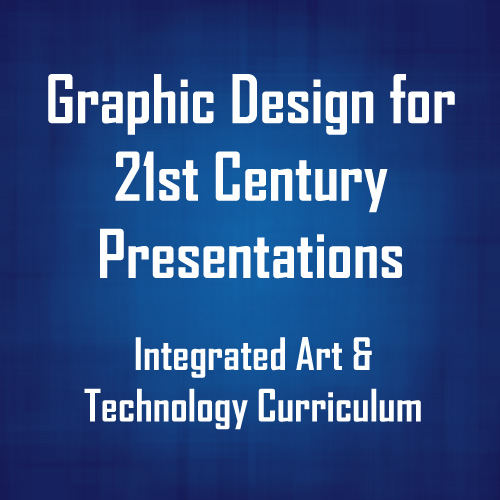 |
Graphic Design for 21st Century Presentations With a focus on content, students often create posters and presentations that are ineffective and hard to read. Learn the basics of graphic design, and give students the skills and tools they need to create communicative graphics they can be proud of. Participants leave with a collection of flexible mini-lessons. Presented at the 2015 Illinois Educational Technology Conference and 2016 Western Illinois University Science Update Conference. |
 |
Training Young Troubleshooters Most American homes have at least one computer, but how many know what to do when something goes wrong? Learn about computer parts and their interactions, then leave with a full curriculum teaching students to become their own technical support. Presented at the 2014 Illinois Educational Technology Conference. |
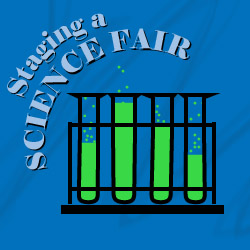 |
All the Way to State We know that a science fair can be a great experience – it gets students thinking and integrates language, math and science. It provides students with valuable skills for high school and beyond. If you need some pointers, you can walk away from this session with everything you need. Presented at the 2013 Western Illinois University Science Update Conference. |
 |
|
Ocean Interactions Learn about the science tied to a myriad of issues affecting oceans and ocean-bound humans. (We're all bound to the health of the ocean, even if we don't realize it!) The brief text covers ocean composition, ocean ecosystems, ocean resources, ocean-atmosphere interactions, and ocean power. Conceived as a study text for Bradley University's GES 300: Oceanography: The Human Perspective. |
 |
|
Exploratory Art with Affordable Robotic Spheres Explore 20+ ways to use robotic spheres to make fun, interactive art! Robotic spheres can combine science, technology, engineering, art, and mathematics to teach art concepts and principles alongside 21st century skills in computer programming. Imagine a robotic sphere as it traverses a sea of simple machines. As the sphere interacts with its environment, paints, pigments, and other materials combine in both intentional and unexpected ways. Presented at the 2018 Illinois Educational Technology Conference. |
 |
|
Tech Chains Most new innovations are not truly new: they are built upon existing technologies, or they use existing technologies in a new way. This resource is designed for use by students and teachers as they explore science, technology, engineering, and innovation. Presented at the 2018 Western Illinois University Science Update Conference and 2018 Illinois Educational Technology Conference. |
 |
|
Problem-Solving through 3D Printing & 3D Design 3D printing can do much more than create action figures – it can actually motivate students to action! Based on successful programming at schools, libraries, and community centers, we will explore a free, flexible curriculum integrating science, technology, engineering, art, and mathematics. Are you ready to integrate prototyping and problem-solving? Presented at the 2016 Illinois Educational Technology Conference and 2017 Western Illinois University Science Update Conference. |
 |
|
Graphic Design for 21st Century Presentations With a focus on content, students often create posters and presentations that are ineffective and hard to read. Learn the basics of graphic design, and give students the skills and tools they need to create communicative graphics they can be proud of. Participants leave with a collection of flexible mini-lessons. Presented at the 2015 Illinois Educational Technology Conference and the 2016 Western Illinois University Science Update Conference. |
 |
|
Training Young Troubleshooters Most American homes have at least one computer, but how many know what to do when something goes wrong? Learn about computer parts and their interactions, then leave with a full curriculum teaching students to become their own technical support. Presented at the 2014 Illinois Educational Technology Conference. |
 |
|
All the Way to State We know that a science fair can be a great experience – it gets students thinking and integrates language, math and science. It provides students with valuable skills for high school and beyond. If you need some pointers, you can walk away from this session with everything you need. Presented at the 2013 Western Illinois University Science Update Conference. |
A Potpourri of Less-Polished Projects
| Cell Diagrams A set of color-coded cell diagrams showing basic similarities and differences between animal, plant, and bacterial cells. |
| Extreme Science Encourage students to consider the ethical costs of some science experiments using a series of articles from Wired Magazine. |
| Hominids Timeline & Information Sheet Ask students to dig deep into our past using this timeline and information sheet to compare hominids. |
| Miniature Golf Mapping Help students apply knowledge of angles to recreation. Extra Solution |
| Pandemic Data Sheet Pandemic by Z-man Games is a great board game for simulating epidemics. Students can use this data sheet as part of a larger lesson. |
| Planet Fact Cards (Student-produced artwork) Illustration and research were combined for this planetary project. |
| Poster Book: A Novel Approach to Collaborative Learning A paper describing a jigsaw-like collaborative learning method which allows individual learner ownership of a class-level big picture story. |
| State Outline Flashcards Help students learn the shapes of the states using flashcards. |
| Story Map Graphic Organizer A simple story map which encourages students to consider all elements of exposition (background information) and plot. |
| The Invention of Hugo Cabret Unit Plan A five-day plan surrounding Brian Selznick's hybrid picture book / novel. |
Content & Design © 2025 Matthew Hagaman